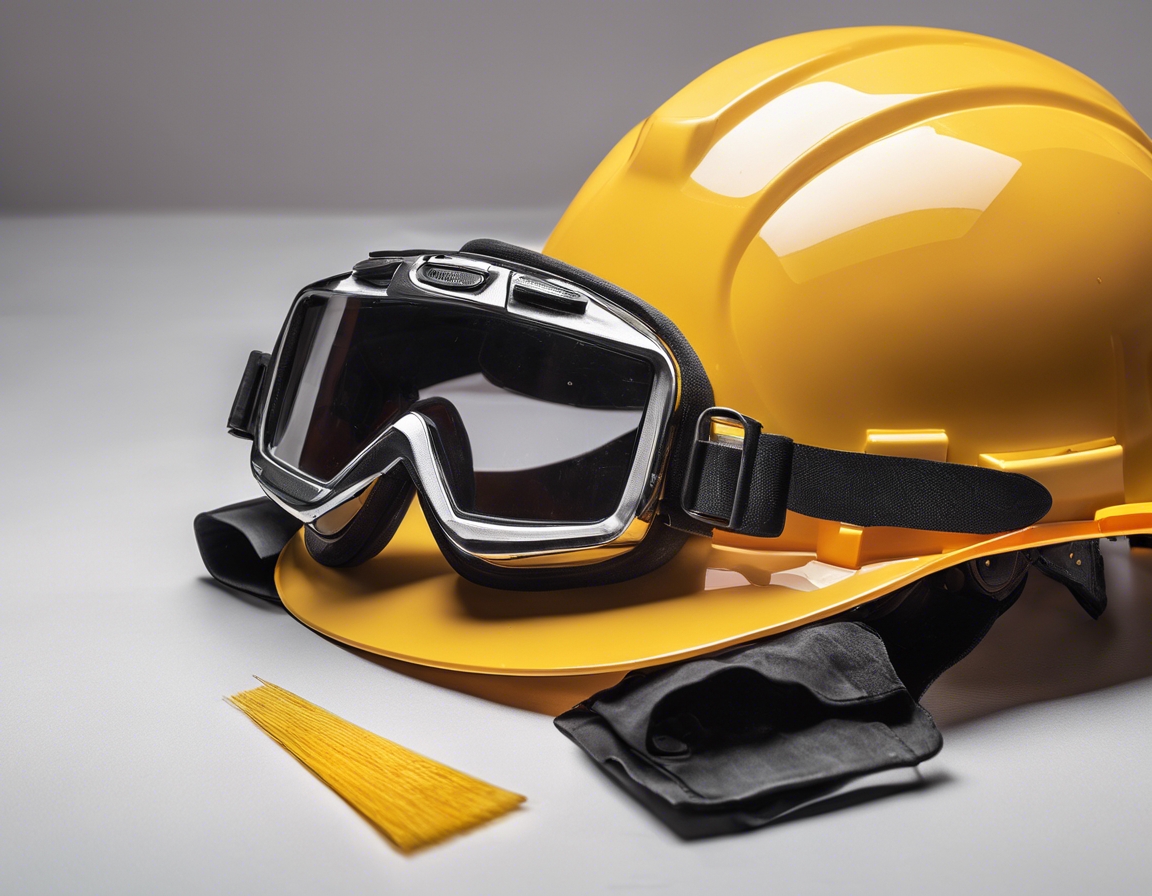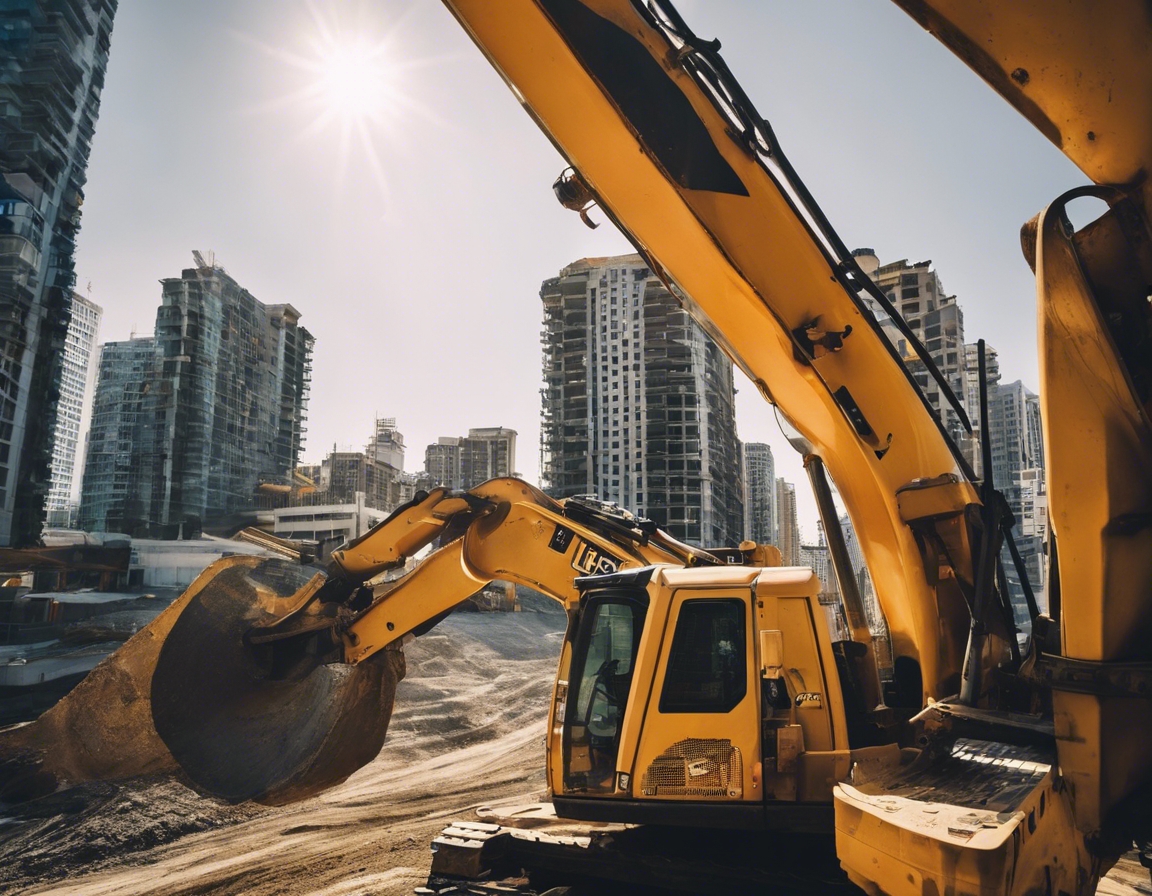The future of sustainable construction
Sustainable construction refers to the practice of creating structures and using processes that are environmentally responsible and resource-efficient throughout a building's life cycle. The importance of sustainable construction lies in its potential to reduce carbon footprints, conserve natural resources, and create healthier environments for occupants.
The construction industry is witnessing a shift towards sustainability with trends like green building, energy-efficient designs, and the use of eco-friendly materials. These trends are driven by a growing awareness of environmental issues and the need for long-term economic viability.
Emerging Technologies in Sustainable Construction
Materials such as bamboo, recycled plastic, and reclaimed wood are gaining popularity for their sustainability credentials. Innovations in material science are also leading to the development of new eco-friendly alternatives like self-healing concrete and transparent aluminum.
Advanced insulation techniques, high-efficiency HVAC systems, and the integration of renewable energy sources like solar and wind are becoming standard practices in sustainable construction projects.
Water-saving fixtures, rainwater harvesting systems, and greywater recycling are essential components of sustainable buildings, aiming to reduce water consumption and manage resources more effectively.
The use of smart technology and the Internet of Things (IoT) is revolutionizing construction by enabling better monitoring and management of energy, water, and material usage, leading to smarter and more efficient buildings.
Design Innovations Shaping Sustainable Construction
Biophilic design, which incorporates natural elements into the built environment, is gaining traction for its ability to enhance occupant well-being and promote environmental stewardship.
Modular and prefabricated construction methods are not only time and cost-efficient but also reduce waste and environmental impact, making them a cornerstone of sustainable construction practices.
Adaptive reuse of existing structures and the principles of a circular economy, where materials are reused and recycled, are key strategies for reducing the construction industry's environmental footprint.
Regulatory Framework and Certification Systems
International standards such as ISO 14000 and local regulations play a crucial role in promoting sustainable construction practices by setting benchmarks for performance and compliance.
Certification programs like LEED, BREEAM, and WELL are instrumental in providing frameworks for sustainable construction and recognizing buildings that meet high environmental and health standards.
Challenges and Opportunities in Sustainable Construction
While sustainable construction can have higher upfront costs, financial incentives, and the long-term savings in operational expenses make it a viable investment. Governments and institutions often offer grants and tax benefits to encourage sustainable building practices.
Education and training for professionals in the construction industry, along with increased public awareness, are essential for the widespread adoption of sustainable construction methods.
Contractors, architects, engineers, and clients all play a significant role in advancing sustainable construction. Collaboration and commitment across the industry are necessary to drive change and achieve sustainability goals.






Comments (0)